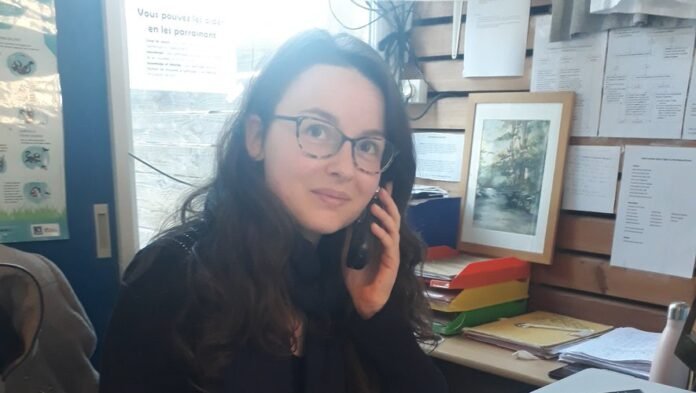Domestication, predation, exotic species, measures… Thaïs Provignon, the wildlife mediator of LPO Occitanie (League for the Protection of Birds) answers our questions about the instinctive hunting of cats and the consequences this can have on biodiversity.
“Do you want the truth? Yes, the cat is a disaster for biodiversity, the dog is a disaster for the climate, we never talk about it.” What do you think of these comments made in 2023 by François Gemenne, a member of the IPCC?
The pressure that cats exert on small wild animals is real. Exotic species are one of the main causes of biodiversity erosion according to the IUCN, and the cat is on the podium for the most impactful species. Cats are one of the main causes of mortality among small wild animals.
In fact, the domestic cat is not even responsible for this condition, it is only responding to an instinct. It was indeed humans who introduced it to all continents, thus upsetting the balances, and who, through domestication, led to a monumental increase in the cat’s population dynamics that could not have been possible in a species that remains wild. In fact, the balance between predators and prey in the natural environment is inherently detrimental to any species on an ecological level.
We talk less about it, but dogs also cause victims. For example, squirrels or hedgehogs are often the victims of serious dog bites. Since dogs and cats are carnivores, it is not difficult to understand that the production of meat food for millions of dogs and cats necessarily involves a heavy carbon footprint.
Which species is most vulnerable to attack by domestic cats?
In Europe, house sparrow populations are particularly affected by predation, sublethal effects and other threats. In France, the cat’s main prey includes species such as the European green finch, the Turkish pigeon and the house sparrow, of which 8 out of 10 are protected.
The cat poses a real danger to certain species, especially island species. In France it mainly hunts “garden” birds, common but sometimes endangered, such as house sparrows.
Measures to be taken, according to the expert
- Sterilization of cats should be compulsory and supported by the state with better supervision of the breeding sector and the sale of pets. Feed your cats well in sufficient quantity and quality.
- Avoid putting their bowl outside.
- Keep them away from sensitive areas via scare or development.
- Keep them indoors as much as possible, and if that is not possible all the time, bring them inside at least at night, at dusk, after episodes of rain, while the young are flying.
- Have them wear a colored (safety) collar so the birds can spot them early enough and seek shelter.
- Provide refuge areas for wild animals.
- Stimulate this instinct by offering your cat sufficient enrichments and by playing with them so that he does not have this tendency to chase.
Does this instinctive hunting make it possible to control or regulate harmful populations?
Although the cat is very opportunistic, it actually contributes little to the regulation of fast-generating species. As soon as certain prey become rarer, it falls back on others, never leading to a strong and lasting decline, unlike more specialized animals such as crustaceans.
Outside the house, the cat is not an aid, as some other animals can be. It would also be interesting to look at the concept of “harmful” itself. In a balanced natural environment, every creature has its place. What constitutes a difficulty today, for example, is the numerous invasive exotic species (plant or animal). However, cats are not big fans of plants, and they don’t seem to be able to regulate exotic animal species significantly.
Does the cat’s sex, age and physical health play a role in the type and number of prey brought home?
Studies show that young cats (under 5 years of age) bring in more shrews, lizards and birds than older cats. Especially since catching a lizard or a bird requires good health and physical agility (climbing trees, jumping, etc.), which can decrease with the cat’s age. It is even claimed in this regard that reducing the kittens’ exposure to prey can reduce their predatory behavior as adults.
How to reconcile the two?
It is not about loving only cats or only birds, choosing one “side” between the two and saying “sin” for the other. It is about being aware of the impact of cats on wildlife, educating yourself on the subject to understand that no, the cat is no longer a wild animal like any other, that its status as a domestic animal necessarily frees it from what is commonly called “nature” and from the balance of interspecific relations that govern it. This is both an individual and a political responsibility.
